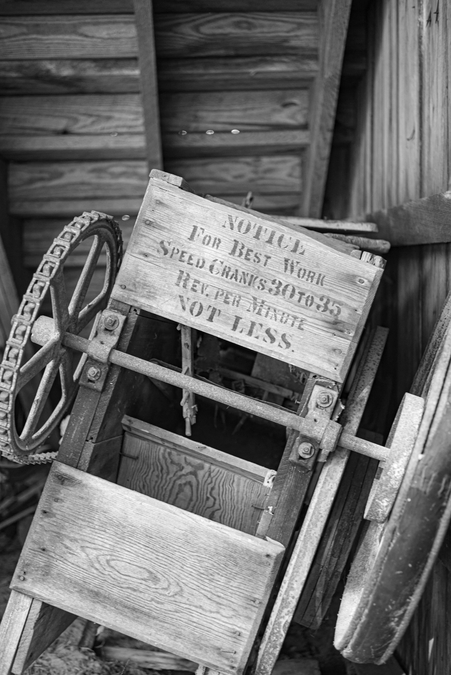Erik van Straten
Veteran
Interesting, any idea how this varies over the production run of the lenses? My silver 1994 Elmar-M has rear elements that are coated.
The serial number of my Elmar-M is: 36684XX; the serial number of my Color-Skopar is: 92210XX. The reflection of the uncoated elements is white; the reflection of the other elements is brightly colored.
Erik.









